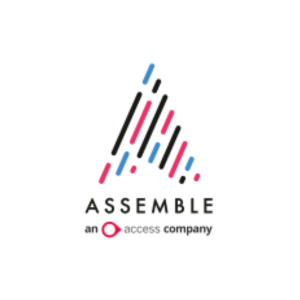Insights
INSIGHTS
All Topics
My Account
How to safeguard the people you support
We explain what safeguarding is and the procedures and processes charities need to put in place
Safeguarding the people you support (your beneficiaries) is a key priority for charities. Safeguarding means “protecting a person’s health, wellbeing, and human rights, and enabling them to live free from harm, abuse and neglect”.
Those organisations that work with children or adults at risk have extra responsibilities to protect those they work with.
It’s important to put processes in place to create a safe environment for beneficiaries. The Charity Commission says that embedding a strong safeguarding culture in your charity protects people, and minimises the risk of harm or abuse. It also gives people the confidence that their concerns will be dealt with appropriately.
Trustees have a legal responsibility for safeguarding
Everyone working for a charity is responsible for safeguarding, but trustees have a legal duty to safeguard people.
In England and Wales, the Charity Commission holds trustees to account if a safeguarding incident happens. In Scotland, it’s the Scottish Council for Voluntary Organisations and in Northern Ireland it’s The Charity Commission for Northern Ireland.
Here are the things you should do to safeguard the people you support.
Create a safeguarding policy
You should create a safeguarding policy that sets out what you will do to keep people safe. It should include all the risks that could come up for the people you support. Everyone in the charity, including staff, volunteers and trustees, should read the document and use it in their roles.
Make sure you review your safeguarding practices on a regular basis and look at any areas for improvement. If you make any changes, you should put together a plan for how you’ll communicate these to everyone in the organisation. It’s important that staff and volunteers know about the changes.
The NCVO recommends looking at the following guides to help write a safeguarding policy:
- NSPCC Learning’s guide to Writing safeguarding policies and procedures
- Ann Craft Trust’s Tips for writing and implementing a safeguarding adults policy and procedure document
- Zurich’s guide to What should you include in your charity’s safeguarding policies and procedures?
Organise training for staff and volunteers
Charities must run safeguarding training and review this regularly to make sure it’s providing staff and volunteers with the information they need.
You could choose from online or face-to-face training courses from training providers or put together your own training using online research and in-house expertise. The NCVO, NSPCC, the Ann Craft Trust and Bond all offer safeguarding training.
Carry out checks on staff and volunteers
Your safeguarding policy should include procedures for recruitment. This includes carrying out a disclosure and barring service (DBS) check for staff and volunteers working with beneficiaries.
There are three levels of DBS: Basic, Standard and Enhanced. You should pick the level based on the person’s position and how much contact the person will have with vulnerable groups and sensitive information.
In England and Wales, you should contact the Disclosure and Barring Service. For charities in Scotland, you should contact Disclosure Scotland and those in Northern Ireland should speak to AccessNI.
Let people know how to report concerns
Everyone, including staff and volunteers, must know how to report and record safeguarding concerns. These procedures must be included in your safeguarding policy. It can be difficult speaking up so make sure people feel comfortable and supported to talk about what they’ve seen.
As well as a safeguarding policy, you should have a whistleblowing policy. Whistleblowing is when someone reports misconduct at work that affects others, including people that your charity supports.
The policy should explain the most effective way to report a concern and how managers should respond. This will help to encourage people to speak up.
Once you’ve dealt with the incident, you should review what happened to understand how to stop it from happening again.
Reporting to the regulator and other authorities
All charities in England and Wales are required to report serious safeguarding incidents to the Charity Commission. You must let them know how you are dealing with it. Make sure you act quickly to stop any further harm happening.
If you’re a charity in Northern Ireland, you must report serious concerns to The Charity Commission for Northern Ireland. Charities in Scotland must contact the Office of the Scottish Charity Regulator to report a significant incident.
Charities must also have a clear process for referring or reporting serious safeguarding concerns to the police and donors. You should also plan what to say to the media if needed.
More on this topic
Related Content
Recommended Products
Recommended Products
Featured Products
Our Events
Charity Digital Academy
Our courses aim, in just three hours, to enhance soft skills and hard skills, boost your knowledge of finance and artificial intelligence, and supercharge your digital capabilities. Check out some of the incredible options by clicking here.




















